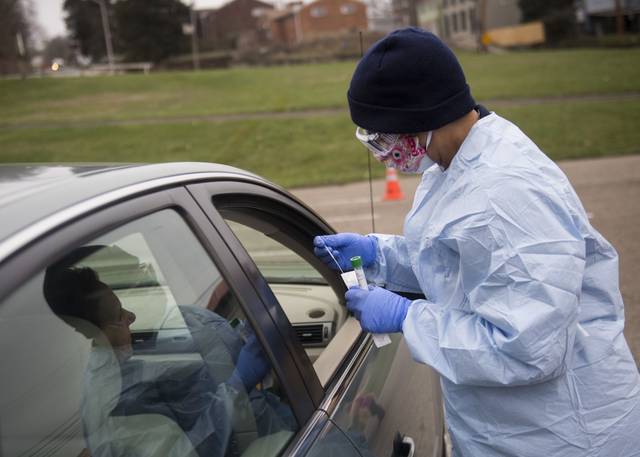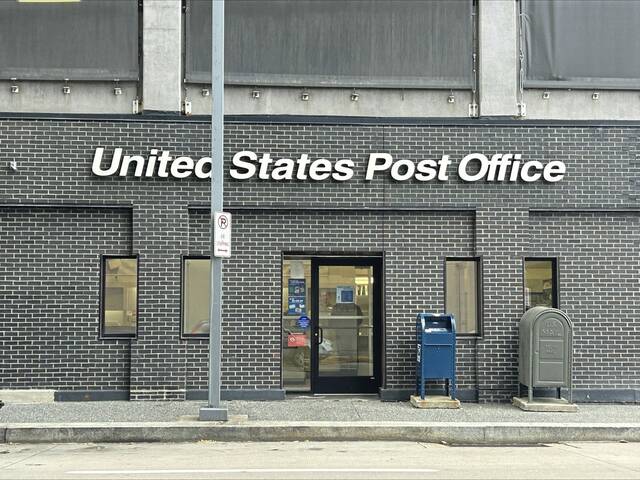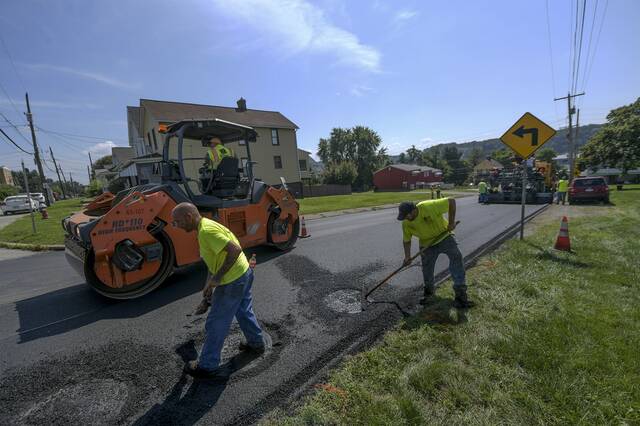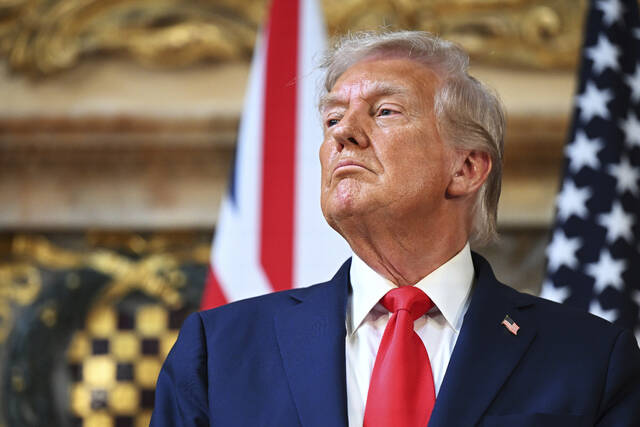David Dausey, Ph.D., an epidemiologist, is provost and vice president of academic affairs at Duquesne University and a professor in Duquesne’s John G. Rangos School of Health Science. He is also a distinguished service professor of health policy at Carnegie Mellon University.
The global pandemic of covid-19 continues to defy the expectations that we have for traditional upper respiratory tract infections and flu-like illnesses.
For example, we are learning that the disease may actually cause blood clots and an increased risk of stroke even in mildly sick young and middle-aged people. There is also no definitive evidence on how much immunity people may get (or for how long) after getting sick and recovering from the disease.
On top of this, different approaches leading to different outcomes from disease models add confusion to what we should expect next.
The result is a growing phenomenon of “armchair epidemiologists” who have come out of obscurity to provide their 2 cents. Social media is flooded with posts from people without any background in health, statistics or epidemiology convinced that they know everything there is to know about covid-19 and what we should do next. Not only has this led to increased confusion, it has also led to increased divisiveness.
Our response to covid-19 to date has been a one-size-fits-all model. We engaged in this approach because covid-19 caught us unprepared, and we needed to buy some time to better understand the disease and develop a path forward. Thus, broad, blanket stay-at-home orders were given by many governors.
Of course, these orders have dramatic economic consequences and they cannot continue forever. Our armchair epidemiologist colleagues at one end tell us that stay-at-home orders need to stay in place indefinitely, and on the other end tell us we should move back to business as usual and let the disease kill those it is going to kill.
Neither of these options is what is best right now. To move forward, elected leaders at the federal and state levels are going to have to be a lot more disciplined about planning and response. Here are three concrete things they need to do right now.
One-size-fits-all guidance needs to be replaced by much more nuanced and individualized guidance. Social distancing restrictions for some but not all categories of business need to be relaxed based on what we now know about the disease. This requires much more individualized guidance than has been provided by the federal and state governments to date.
For all categories of business that reopen, detailed guidance on how to open as safety as possible needs to be provided. This guidance needs to look different for the owner of a small hair salon than it does for the owner of a restaurant chain. Every business in the country shouldn’t be left to reinvent the wheel and figure these things out on their own. If this type of guidance is not provided, the public will not have confidence in going out and will remain away from businesses even after social distancing requirements are completely lifted.
Broad-based testing must be done, and the sick need to be isolated. From the beginning, the biggest failure of the federal government with covid-19 has been a lack of adequate testing. Mass testing is needed if we are to ease up on social distancing. To do so, we need to end the survival-of-the-fittest approach to testing right now.
States are competing against states to get tests and companies are competing against companies to get the materials necessary to make the tests. The federal government must intervene immediately and provide leadership. Without a vaccine or effective treatment for the sick, we need to identify the sick and isolate them. If we can successfully do this, it will not only help us to slow the spread of the disease — it will also help build the confidence of the public to go back out again.
Communication must be dramatically improved to combat misinformation. Public communications at the federal level related to covid-19 have demonstrated a shocking lack of discipline. This has resulted in significant confusion and sometimes panic among the public. If the public is to trust the information they are receiving, all communications moving forward need to be vetted by a team of experts before they are communicated to the public by any spokesperson.
Unless these straightforward actions can be taken, it is hard to imagine how society can have at least some return to normalcy even if social distancing restrictions are lifted entirely. The public rightfully expects their elected leaders to provide clear and unambiguous guidance in troubled times. It is now time for them to step up to the plate.








